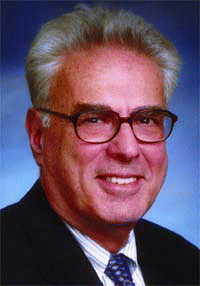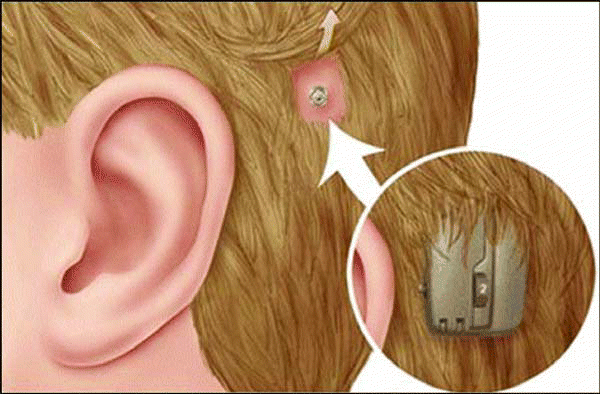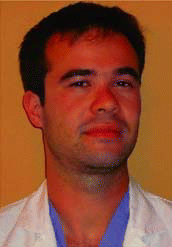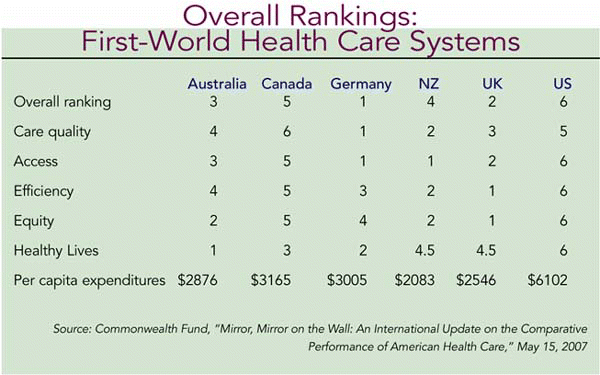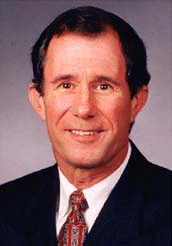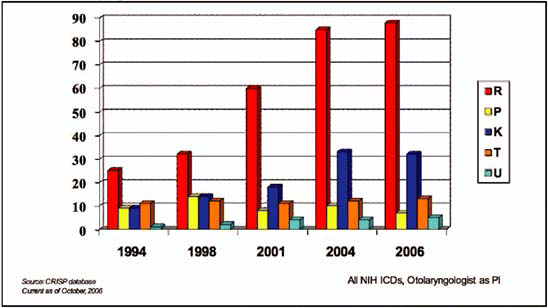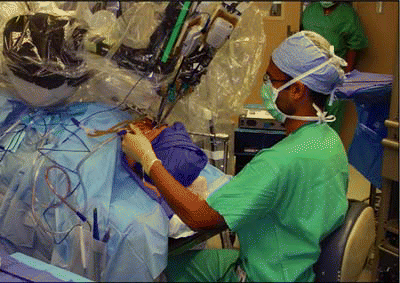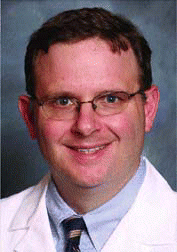The publication of two Institute of Medicine (IOM) reports-To Err is Human: Building A Safer Health System in 1999 and Crossing the Quality Chasm: A New Health System for the 21st Century in 2001-served as a catalyst to increase awareness among health care professionals that the American health care system is beset by serious problems related to patient safety and medical errors.
